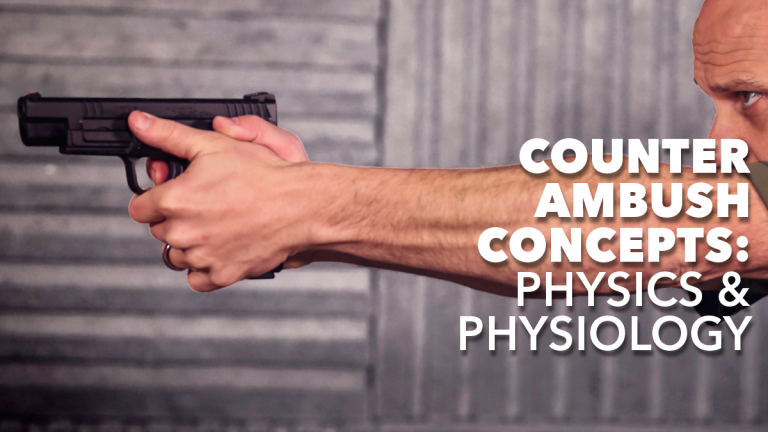
Counter Ambush Concepts: Physics & Physiology
$39.99
$9.99
At a Glance:
- In-depth Instruction; over 128 mins
- On-demand video access anytime
- Bonus downloadable PDF resources
- Access to class Q&A
Description
Description
A comprehensive classroom presentation with a singular purpose, Counter Ambush Concepts: Physics & Physiology offers students a broad range of critical insights, all centered on a simple objective: Teaching you how to significantly affect an attacker’s ability to present a lethal threat to you or somebody you wish to defend in the most efficient way possible.
PDN Executive Director Rob Pincus leads this in-depth class. Rob applies an objective analysis of the Physics and Physiology of every aspect of defensive training and teaches you how those things relate specifically to the tools and techniques you choose to employ. Personal defense in an ambush situation involves complex action, but Rob teaches you how to avoid complicating your training, and how to maximize efficiency and effectiveness. Rob’s no-nonsense approach makes this information easy to understand, retain, and immediately apply to your training practices.
This Class provides you with easy-to-understand, fact-based, information on the use of defensive firearms, including defensive shot placement, firearm selection, calibers, and designs, as well as optimum defensive ammunition, and more. You’ll see why an understanding of Physics & Physiology is at the core of any good training model, and you’ll learn to integrate your knowledge into your selection of gear, the techniques you train, and your counter ambush mindset.
An Information-Packed Video Presentation
Counter Ambush Concepts: Physics & Physiology includes over 90 minutes of information-packed video instruction. The class is broken down into individual Sessions, each focused on a specific aspect of Counter Ambush preparation and training. You’ll receive a printable Class Supplement download, covering key terminology and other detailed information presented in the video. Plus, you’ll receive several bonus downloadable training exercises to help you solidify your understanding of the material presented through practical application of key concepts.
Class Sessions
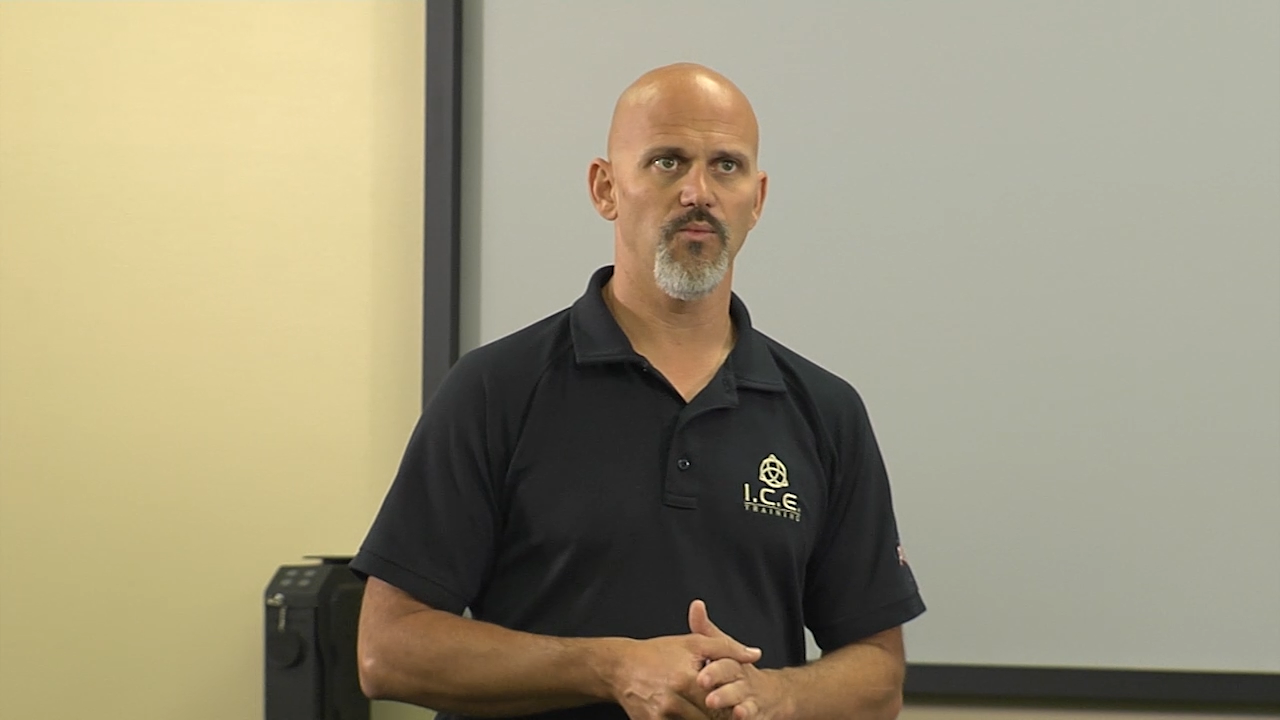
Physics and Physiology are objective. The human body is built a certain way and does certain things. The way a gun operates, and the way bullets are engineered to perform, are relatively easy things to breakdown and understand. This Session explains why understand physics and physiology is important to your preparation for self-defense.
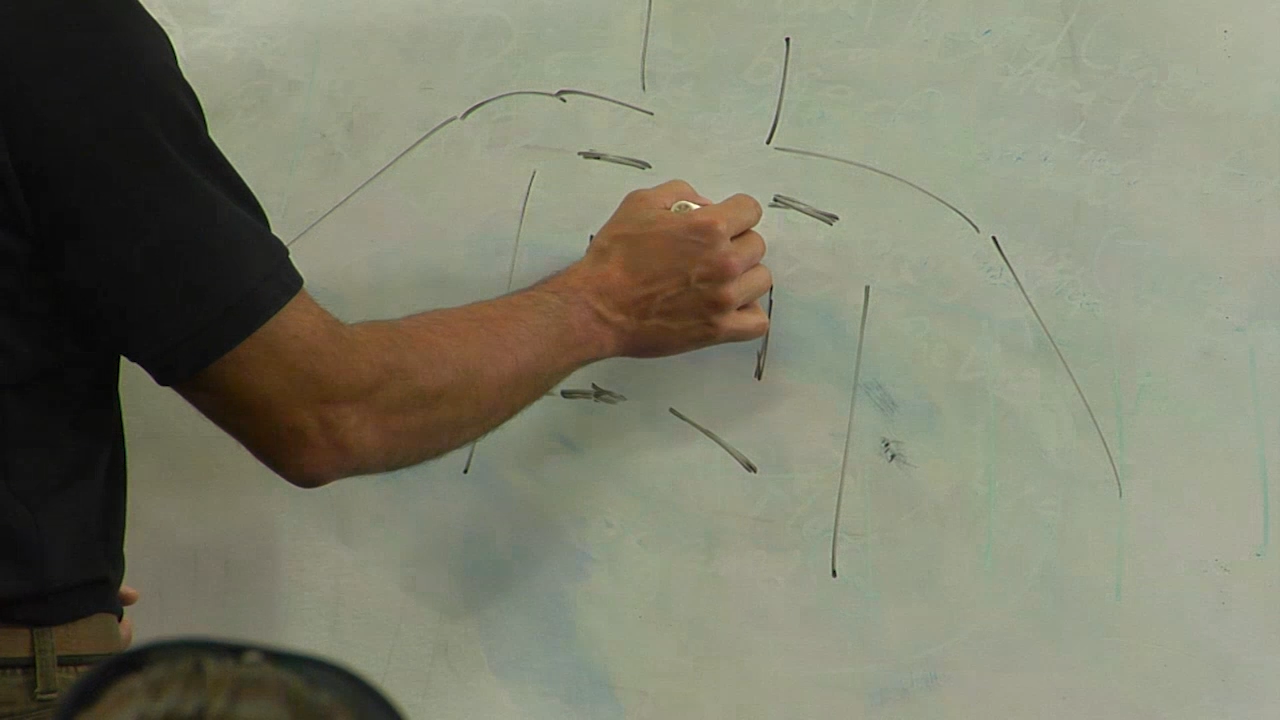
There are several reasons that “multiple shots to the high center chest” is the default advice given to defensive shooting students in regard to responding to a typical threat with a handgun. This Session introduces the definition of the Defensive (or “Combat”) Accuracy and why understanding the concept is important. The physiology of the High Center Chest is discussed, as is why looking at it as a general area on the human body (as opposed to set of specific organs or smaller divisions) is vital to development efficient shooting skills.
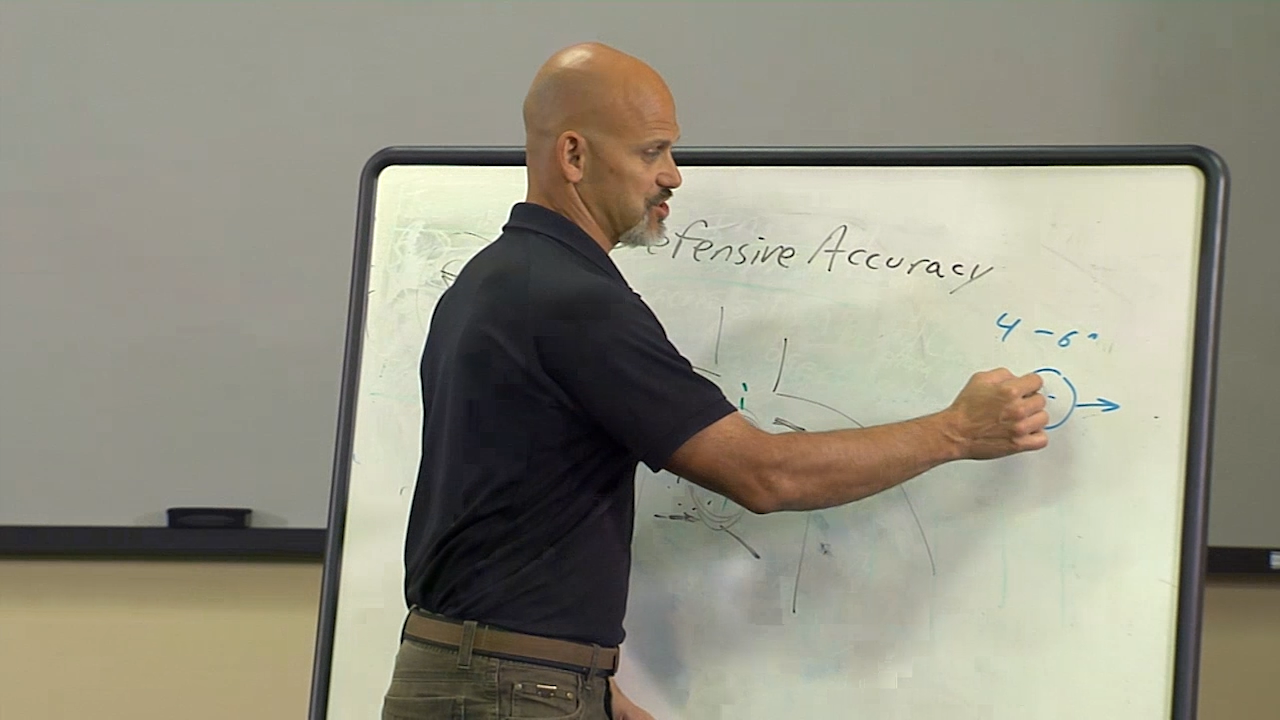
Building on the previous class session, Session 3 addresses those times when the standard high center chest response is not an option and taking the option of shooting at a threat’s head becomes the better choice. The concept of Defensive Accuracy is applied to this target area and the specifics of the physiology are covered in this session.
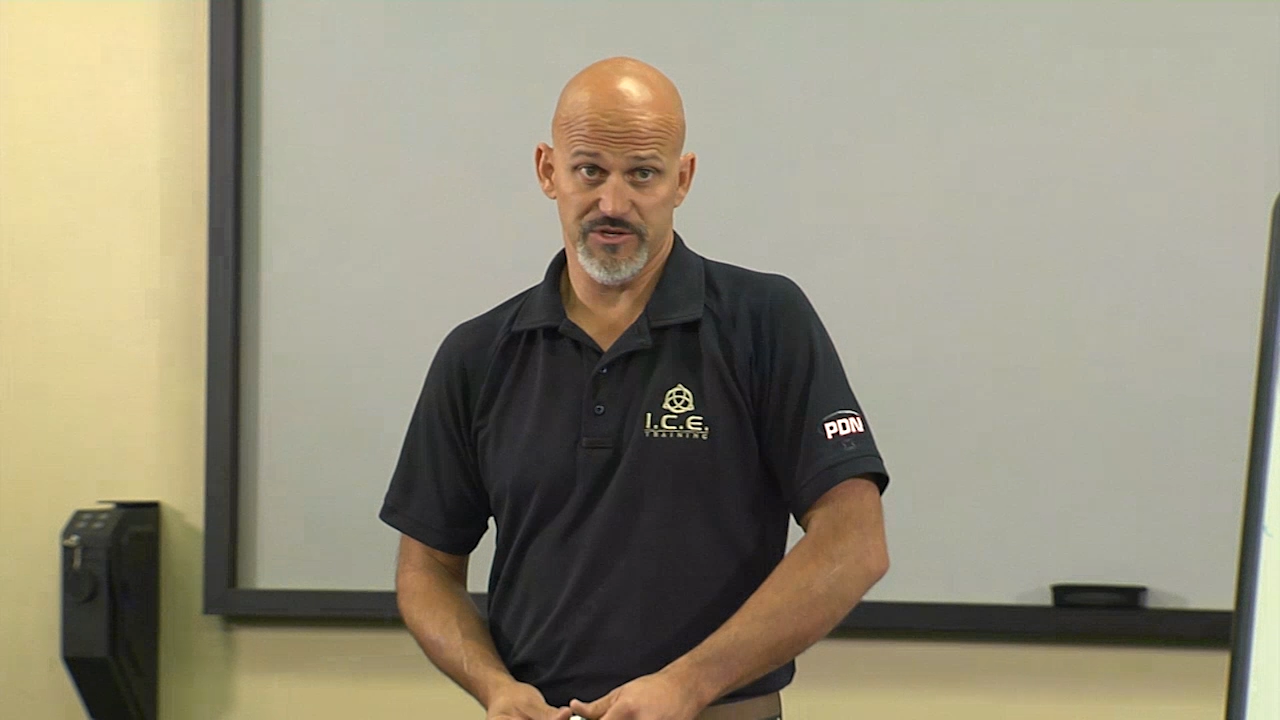
The majority of defensive shooting situations result in the threat being stopped psychologically, not physically. While we cannot count on (and do not train for) the threat changing his mind before we are forced to stop them physically, we must understand the role that psychological stops play. This Session explains why understanding that most stops are psychological is so important, especially to putting anecdotes or statistics from prior events into perspective and considering how they should influence your gear and training decisions.
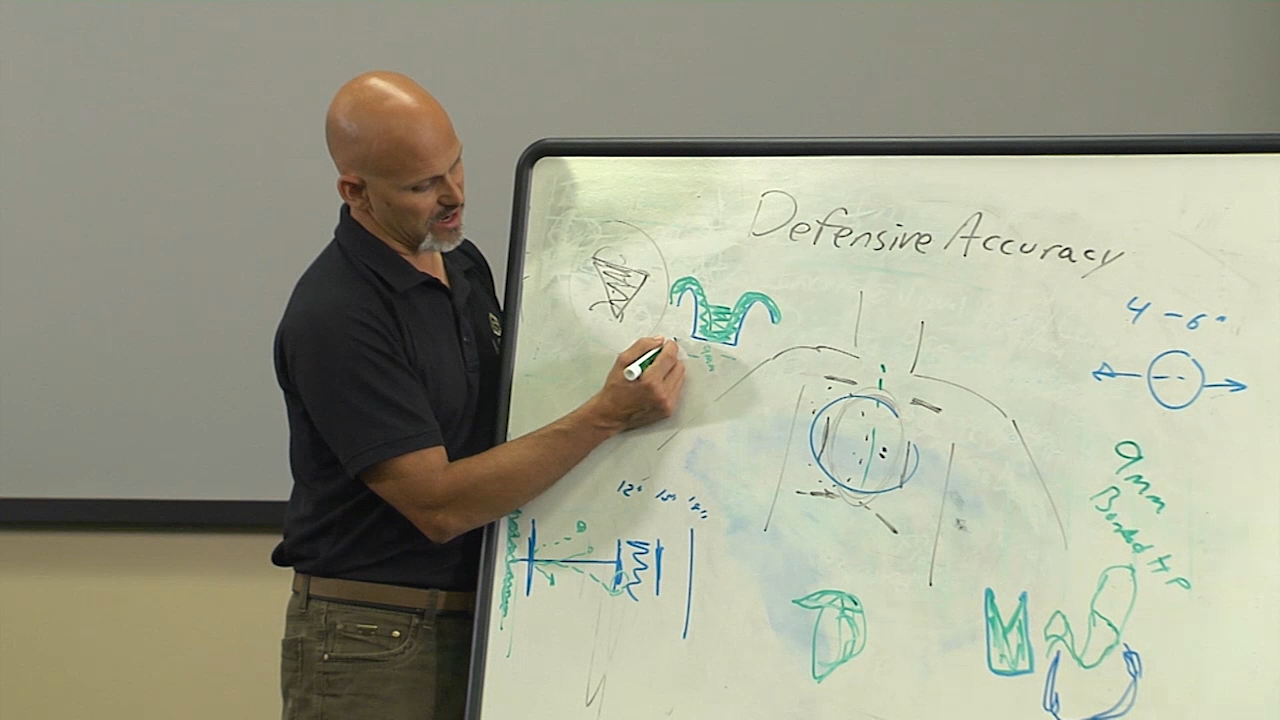
The choice you make about which type of ammunition to load into your defensive firearm is vital. The wrong ammunition could render your gun useless. Poor ammunition choices mean it will be less likely that you stop your threat. By understanding the ammunition options, you will be empowered to make the best choice and determine whether or not that choice will work reliably in your firearm. This Session covers bullet design, reliability and how you should go about testing the ammunition you choose for reliability with your chosen firearm.

This Session covers the conceptual requirements of a defensive firearm and why they are what they are. In the absence of well-defined requirements, you could end up making a poor choice when you are choosing the tool that you are going to count on to protect you and those you care about. Furthermore, if you establish flawed parameters, you may end up with a gun that is perfect for target shooting, competition or hunting but not optimized for personal defense.

This Session covers the types of firearms that are not best choices for defensive use, but may be your only option. For those with shooting experience or receiving advice from others who have experience with these types of guns, especially in the recreational shooting or military environments, it is important to understand why these guns are not optimal and what their deficiencies are.
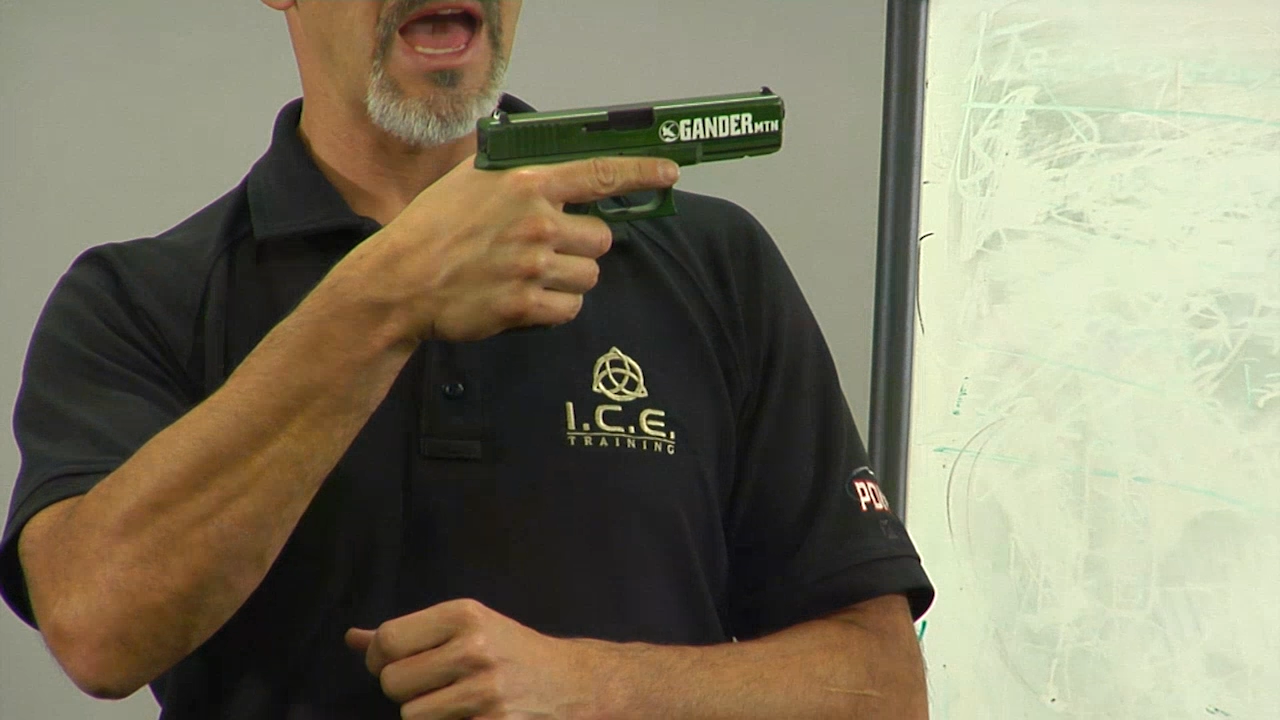
In this Session, the fundamentals of defensive shooting are covered, with an emphasis on why specific positions and techniques are recommended. Defensive Shooting is a physical activity with a lot of moving parts. Guns are complex machines that need a stable platform behind them to operate reliably and to be controlled efficiently. With a thorough understanding of these concepts, your defensive shooting skill development can proceed as rapidly as possible.
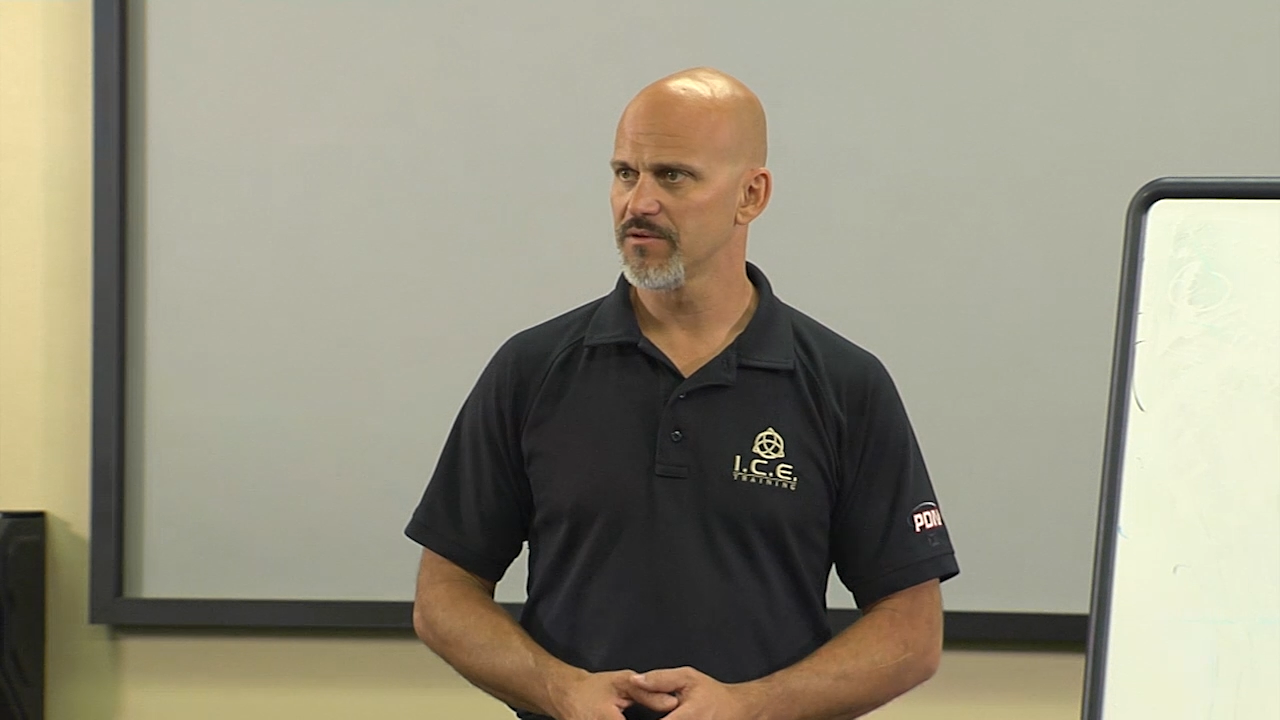
There are natural instinctive reactions that occur when people are startled. This Session introduces the foundational concept that these reactions are likely to occur if you are suddenly attacked while in your home, workplace or going about activities in a public space. Accepting that reality is the first step in developing a training program that integrates these reactions into your learned responses, and makes you more efficient in your defense, even during an ambush.
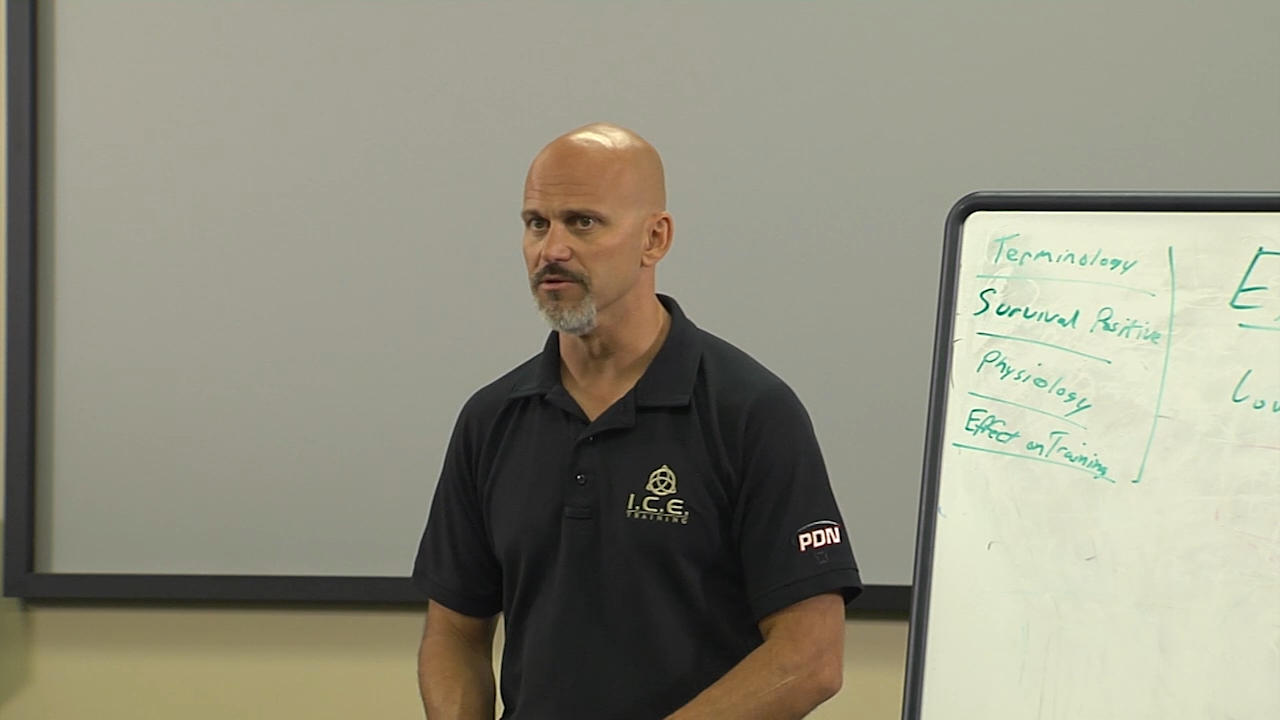
Fighting is an athletic endeavor. This is true regardless of whether you are going to respond forcefully or by trying to escape the threat entirely. It makes sense that one of the most common natural reactions to being ambushed is for a person to lower their center of gravity, which prepares the body for action. This Session goes over the physiology of this reaction and how it affects our training.
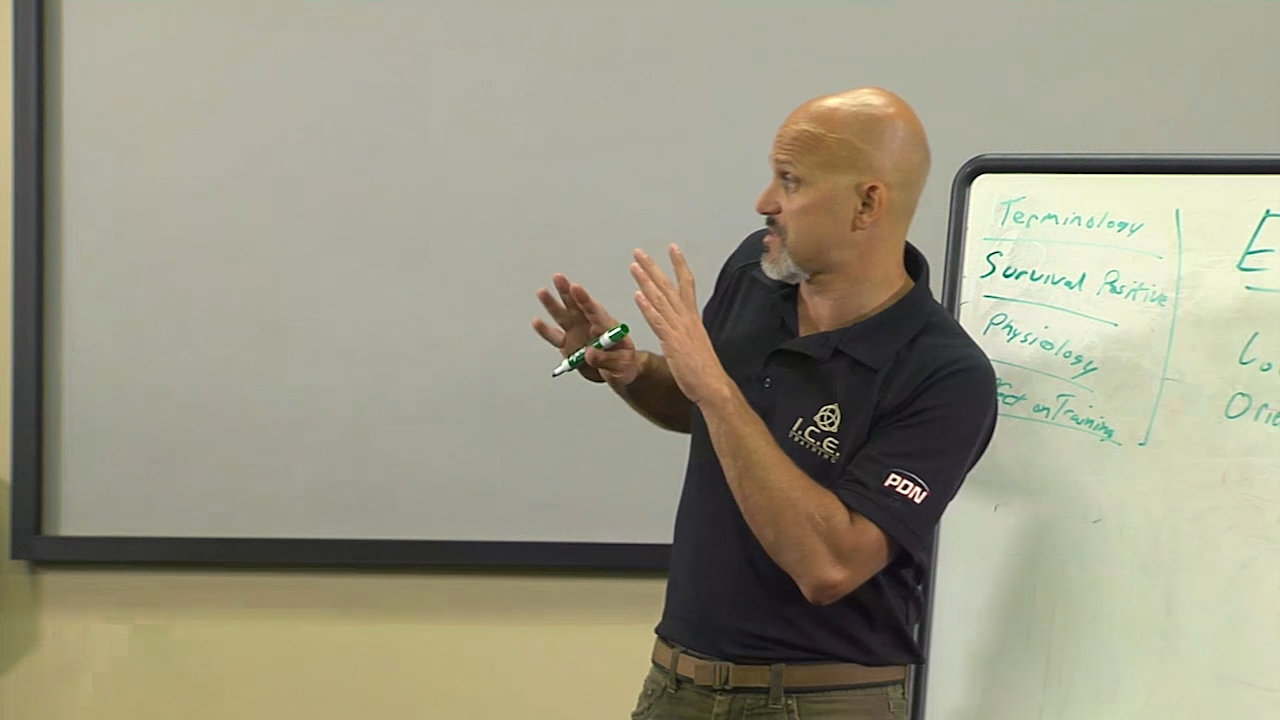
The human sensory system is very good at focusing our attention on potential or actual threats, especially when they present themselves suddenly or with intensity. This Session goes over the physical aspects of focusing on sudden stimuli and how it should affect your training and preparation.
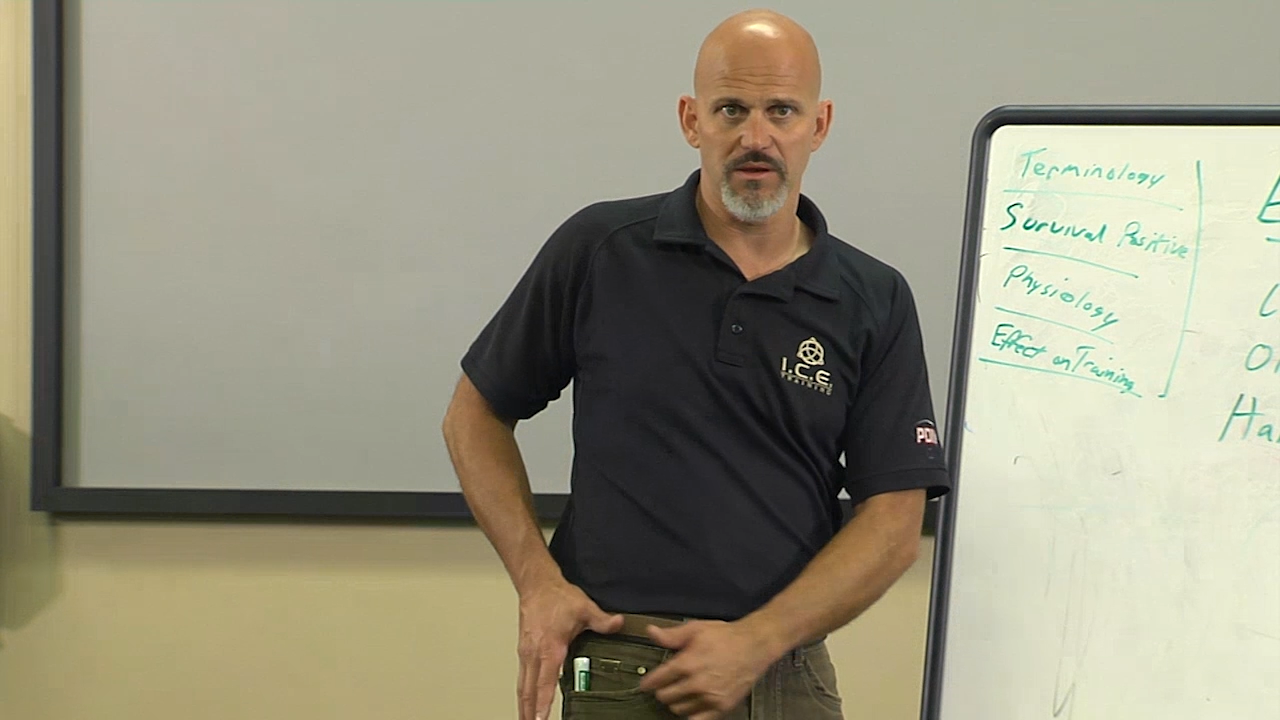
When your sensory system detects a potential threat, one of the important natural reactions is the placement of your hands and arms between your eye line and the threat. This Session discusses both the physical aspects of this almost-instant reaction and how it affects the way you should train.
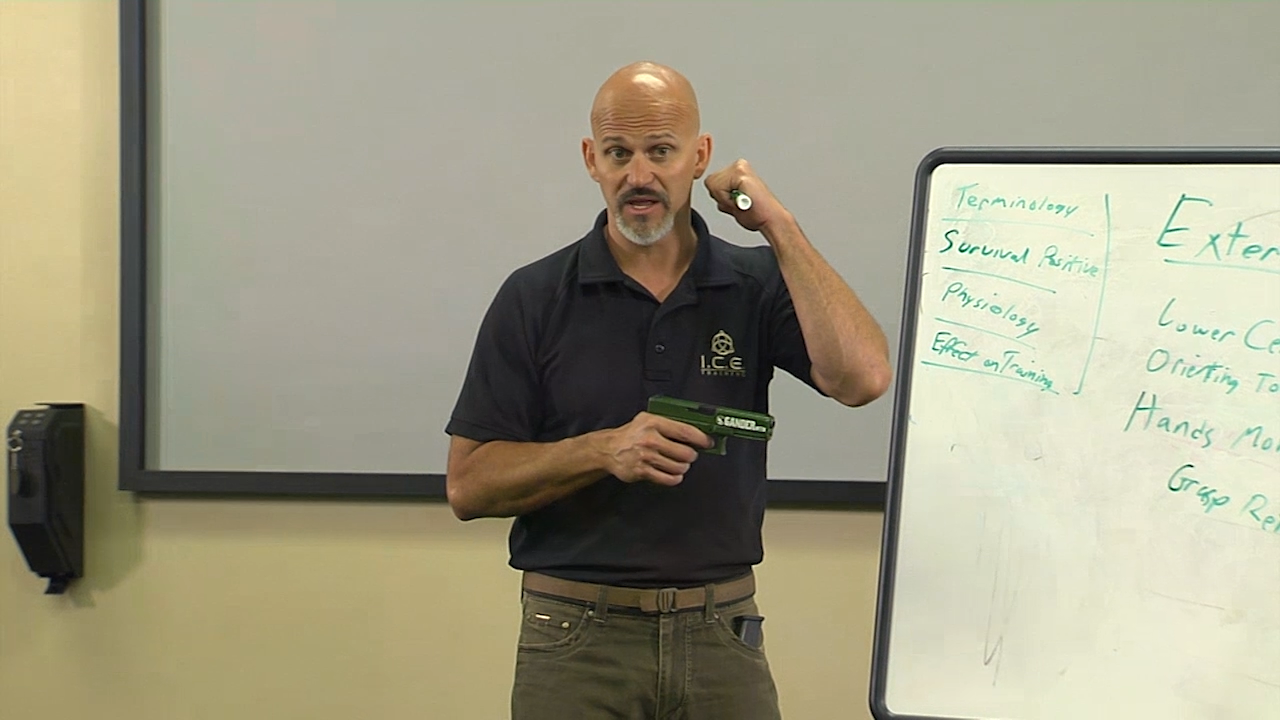
If people have something in their hands when they are startled, they tend to grasp tighter and generally isolate the position of their hands relative to their bodies. This natural reaction has implications in regard to potential accidents with firearms as well as training for extreme close quarters situations.
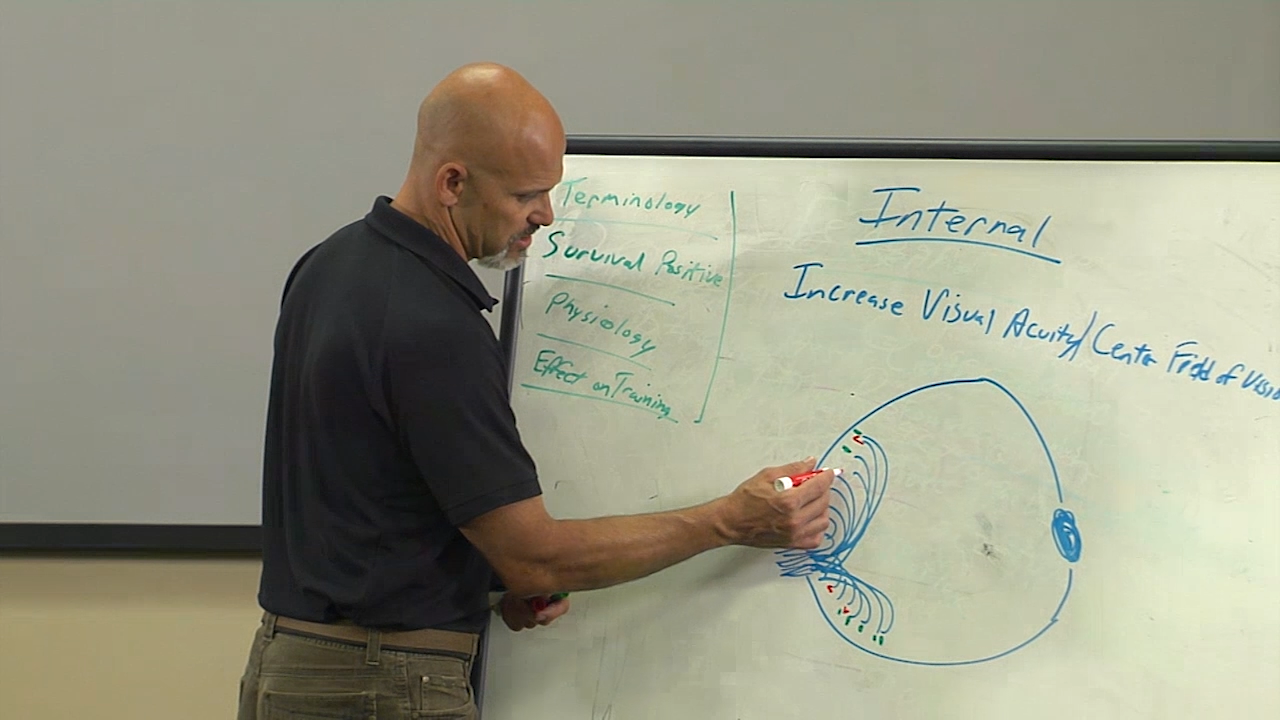
There are distinct changes in the way your eyes collect, and your brain processes, information when you are startled. In the past, this phenomenon has been portrayed as a negative, “tunnel vision.” This Session talks about the physiology that helps you to be able to collect vital information more efficiently while you are defending yourself or others.
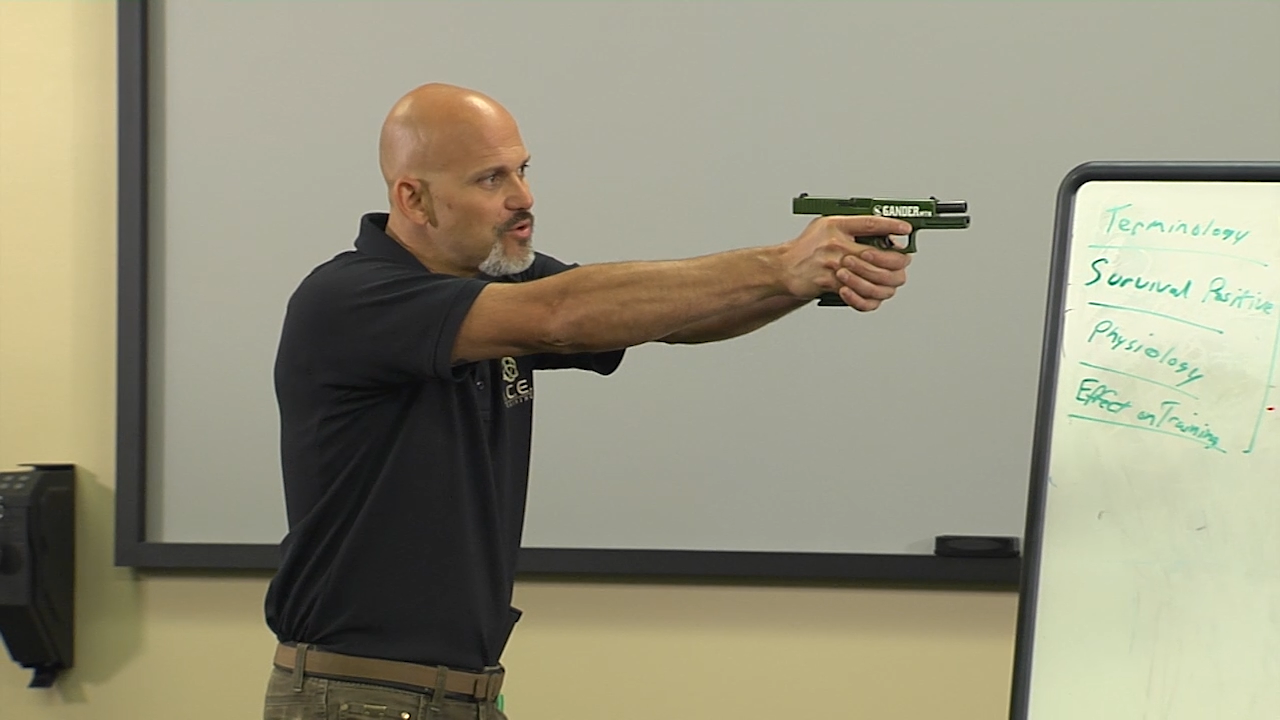
It is well documented that people’s recollections of traumatic events include distortions in the perception of time. Physical changes in the way the brain operates when under extreme and sudden stress account for these discrepancies. This Session explains why these distortions happen, important nuances to how they differ in regard to the observation of threats and performance of learned skills.
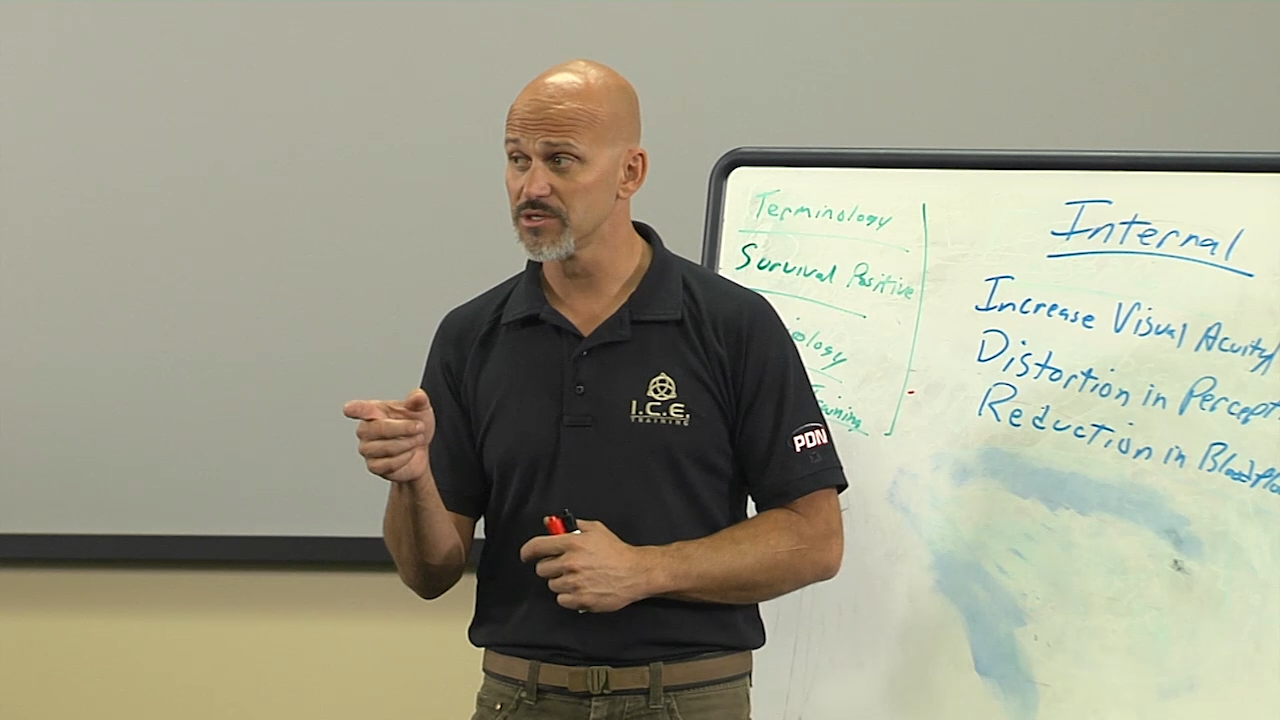
The reduction of blood flow to your extremities when you are in a fight mode is an overall survival positive in the natural world, but it has obvious effects on your ability to do things like control your defensive pistol or other tools. This final Session will help you understand what is happening in context and make better decisions about the type of gear you should choose and performance expectations you should have.
Your Instructor
Rob Pincus
As Executive Director of Personal Defense Network (PDN), Rob Pincus is the embodiment of PDN’s commitment to providing affordable, accessible, practical personal defense information and effective training for the masses. Rob has produced over 100 Training DVDs, published 9 books and written countless articles on topics related to all aspects of personal defense. His I.C.E. Training Company has developed many training programs and certified hundreds of instructors to help others be prepared to defend themselves and those they care about. Rob currently serves as a Reserve Deputy with the San Juan County (Colorado) Sheriff’s Office.

Bonus Material
Class Supplement PDF
Download this extensive supplement to learn more about key Counter Ambush concepts
Class Exercises PDF
Use this printable PDF to guide you through specific training exercises designed to help you in many situations
Skill Development Planner
Print multiple copies of this PDF planner, to help you track and manage your defensive training time
Video: Meet Your Instructor
Download this short video to meet your class instructor, Rob Pincus.
Bonus Materials available for download after purchase.